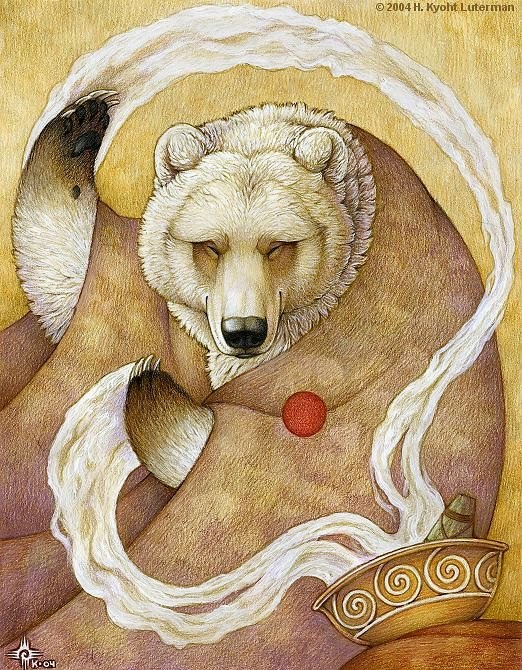AMERICA'S THROW AWAY INDIAN
BY
JULIE C BLASER
Copyright: Julie C Blaser 2011
Entry # 1
Published Rough draft for Copyright purposes
May20, 2017
Tillamook, Oregon
A Personal Account of Duality; The Struggle Of One Woman Fighting Being Erased; A Record of Her Circumstance, Her Story About The Truth, Her Truth, History Surrounding This Indigenous Woman Of The North American Continent, The Contrast Of What You Were Taught In The American Educational System and The Truth.
This project will be a series of short entries. Consider this project my invitation to all persons interested in conversations of how the 1960"scoop era has impacted my life. I encourage Indigenous persons to contribute their experience and stories to America's Throw Away Indian Project (#ATAIP). My aim is to deconstruct stereotypes. My goal is to create a safe platform for conversations with White people specifically, but non- Indigenous/people in general, to eradicate the stereotypes and rebuild belief systems. A lofty goal, I know. Many established projects currently exist. One may ask, why another project? Creating a safe platform for readers, and Indigenous persons, who are ready to cultivate a safe platform for connecting and recovering the truth. I say there can not be too many of these beacons and spiritual axioms.
This is my memorial. This is my account of being a survivor of the 1960s Scoop era. In the pages of #ATAIP, I hope you learn what I feel as an Indigenous woman who has spent decades searching for my voice. It has been a grueling journey wracked with pain, a profound sense of feeling lost, and feeling alone. This is a stark contrast to the romantic images Hollywood created with "Dances With Wolves." That movie, in particular, is what ignited in me fiery anger and the need to tell the world this Native woman's real account of history as I lived it.
I really hope others will contribute their stories to my #ATAIP and build an authentic history freely accessible to generations to come. I am the first generation off the Rez and I am first-generation American. I am the first generation, blah, blah, blah. The pieces will somehow be woven into my masterpiece as I free write my feelings, thoughts, and story which is altogether what built the divine sister you see in my picture and read in my accounts of being a Native woman at the turn of the 21st century. I wholeheartedly believe my experience holds historical value. Maybe it will be generations from now, maybe never, but my story will be available for use to understand how the US and Canadian government "killed the Indian and saved the man" and what it looks like on my skin and in my eyes, it is an unmistakable wound in my soul.
I am a layperson and have not one certificate, license, or accreditation. I will make no claim to be a spokesperson for my nation or for Indigenous people. I do not own the cornerstone of spirituality because I am Lake Cowichan First Nation (#LCFN). I am not romantic. I am most times hostile or depressed. I laugh and crack dark jokes. I use sarcasm aimed at you. I punish myself for not being enough and take pride in the beautiful skin I wear. I love my hair and eyes but hate my body. Do you understand the foundation of the disparity I am laying?
I want to be very clear with my readers this is my story and it will be recorded spontaneously and it will be messy and heartfelt. I might not make sense some days. I don't give a shit. Everyone I've met my entire life has said I should write a book about my life story. My children demanded I write a book about my life. Here it goes. One must understand one more thing. Where did I come up with "America's Throw Away Indian Project (#ATAIP)?? I guess that is as good a place as any to start So from today forth, you will begin to understand how I was thrown away.
My next entry will officially begin with "The Garbage Can."
Final note:It has been my experience, Non-Indigenous people have many questions. It is scary to ask these questions. They want answers. Collectively, we can fund harmony and demand the truth be taught to our children. With modern games, movies, phone apps, our modern children are quite capable of handling the truth. It's time to rebuild and reclaim our history.
To submit comments, ask questions, add your story, suggest edits for my content please, please, please use the comment section below. Share my blog post. Contact me through FB, (NO hit me ups, no snaggin, no trolls move the fuck forward if you do not believe in the Indigenous Holocaust, we will never get along or see eye to eye, you will never be a part of my story ever again.)
For today, this is all I will write. Next time, "The garbage can"
"America's Throw Away Indian Projects."
Author: Julie C Blaser















